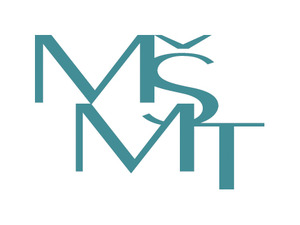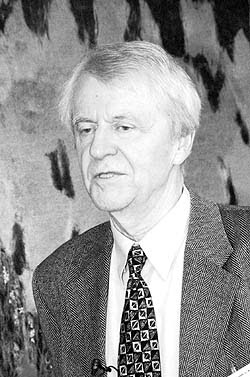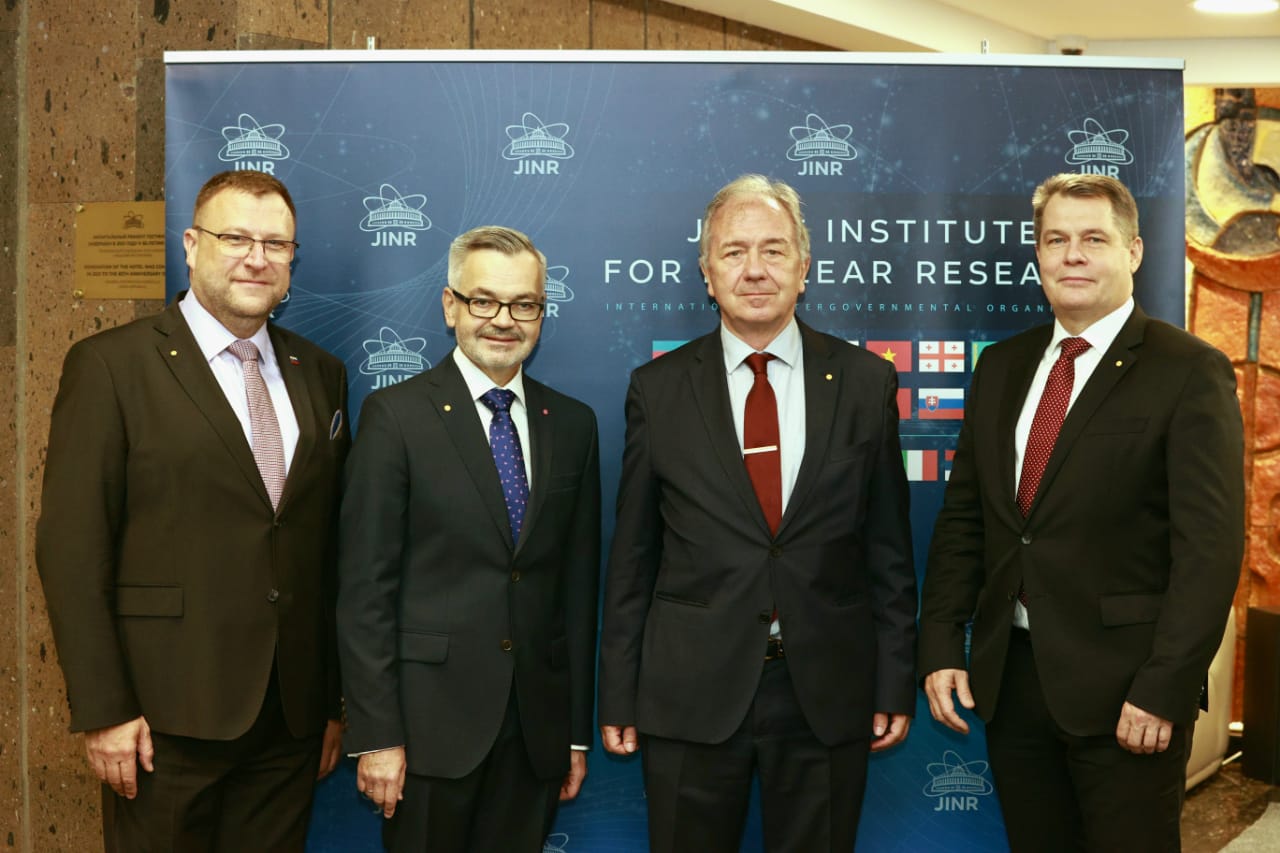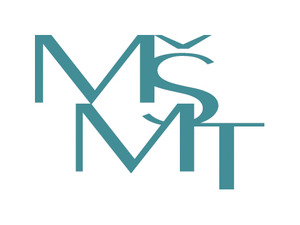Measurements of open charm production in Au plus Au collisions at root s(NN)=200 GeV with the STAR experiment at RHIC
Author
| Adamczyk L. | AGH University of Science and Technology, Poland |
| Lednický Richard, promovaný fyzik DrSc. dr. h. c. | Institute of physics of the ASCR, JINR Dubna |
| et al. | different institutions |
Year
2019
Scientific journal
NUCLEAR PHYSICS A 982 659-662
Web
Abstract
We report in these proceedings on the measurements of collision centrality and transverse momentum (p(T)) dependences of the Lambda(+/-)(c) production in Au+Au collisions at root s(NN) = 200 GeV, using the STAR Heavy Flavor Tracker (HFT). The Lambda(+/-)(c) signal significance is greatly improved with the addition of the high-statistics data set collected in 2016 and the use of a supervised machine learning method for topological reconstruction of the decay vertices. The measured Lambda(+/-)(c)/D-0 ratio shows a significant enhancement compared to the PYTHIA prediction for p+p collisions, across the measured p(T) range. We also report on the updated measurements of D-0 nuclear modification factors R-AA and R-CP using the 2014 data with the HFT. The measured D-0 R-AA in central collisions is lower than unity across the p(T) interval of the measurement. The D-0 yields show strong suppression at high p(T) (> 6 GeV/c) in central collisions, consistent with that of light flavor hadrons. The c (c) over bar production cross section per binary nucleon collision at midrapidity in Au+Au collisions at 200 GeV is extracted based on the various charm hadron measurements by STAR. It is observed that while the charm hadrochemistry is significantly modified in Au+Au collisions compared to p+p collisions, the c (c) over bar production cross section at midrapidity remains consistent between Au+Au and p+p collisions.
Cite article as:
L. Adamczyk, R. Lednický, . et al., "Measurements of open charm production in Au plus Au collisions at root s(NN)=200 GeV with the STAR experiment at RHIC", NUCLEAR PHYSICS A 982 659-662 (2019)


 MINISTR ŠKOLSTVÍ KE SPOLUPRÁCI ČR S SÚJV
MINISTR ŠKOLSTVÍ KE SPOLUPRÁCI ČR S SÚJV INTEREST JINR, Wave 6
INTEREST JINR, Wave 6 The passing of Ivo Zvára
The passing of Ivo Zvára Call for the projects solved in collaboration with JINR (Projects 3+3)
Call for the projects solved in collaboration with JINR (Projects 3+3)  Call for the Grants of the Plenipotentiary of the Government of the Czech Republic in JINR
Call for the Grants of the Plenipotentiary of the Government of the Czech Republic in JINR Czech Ambassador in Russia visited JINR
Czech Ambassador in Russia visited JINR INTEREST JINR, Wave 5
INTEREST JINR, Wave 5 Russia Visa Centre
Russia Visa Centre Working Stays CR - JINR 2022
Working Stays CR - JINR 2022